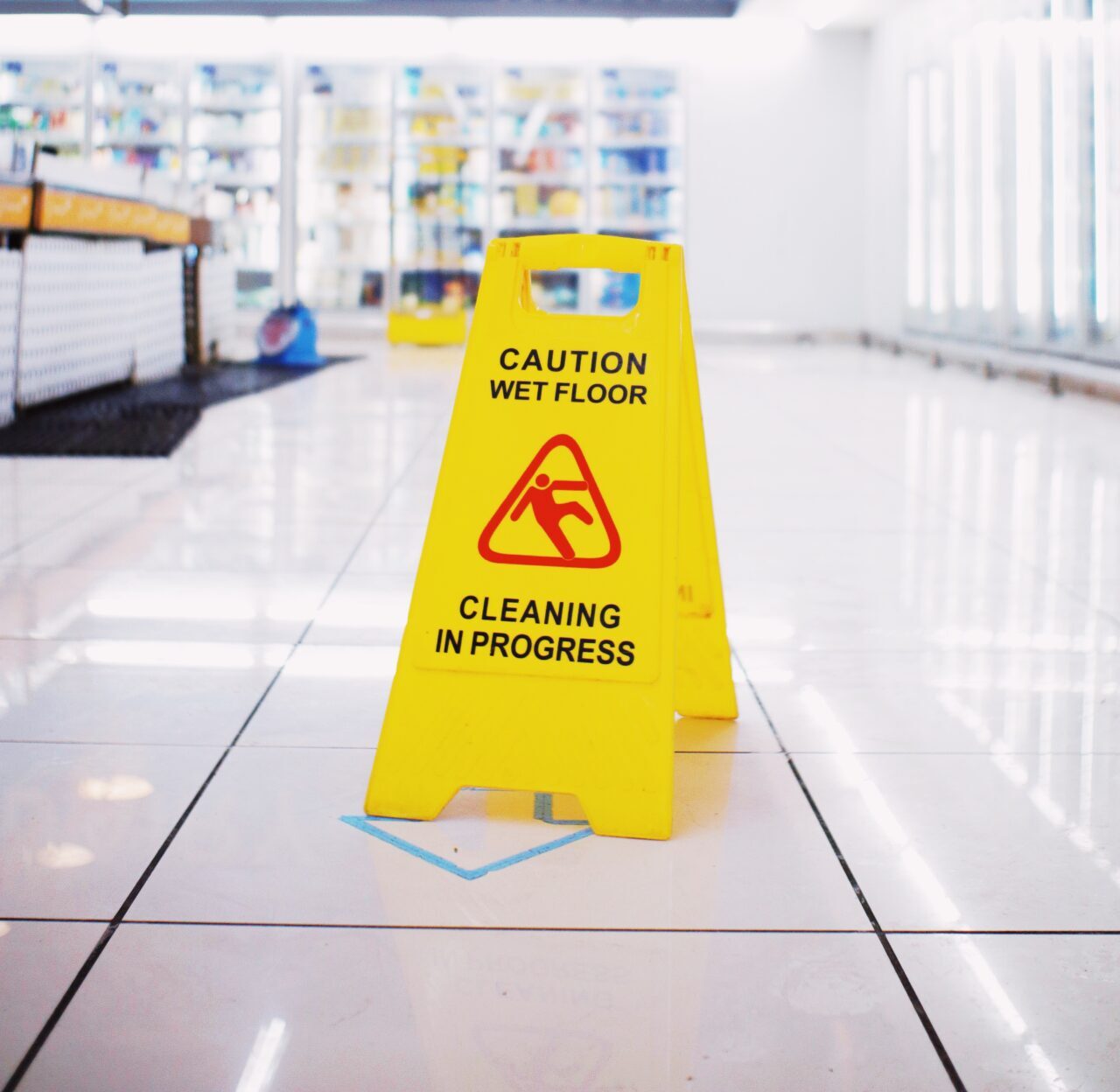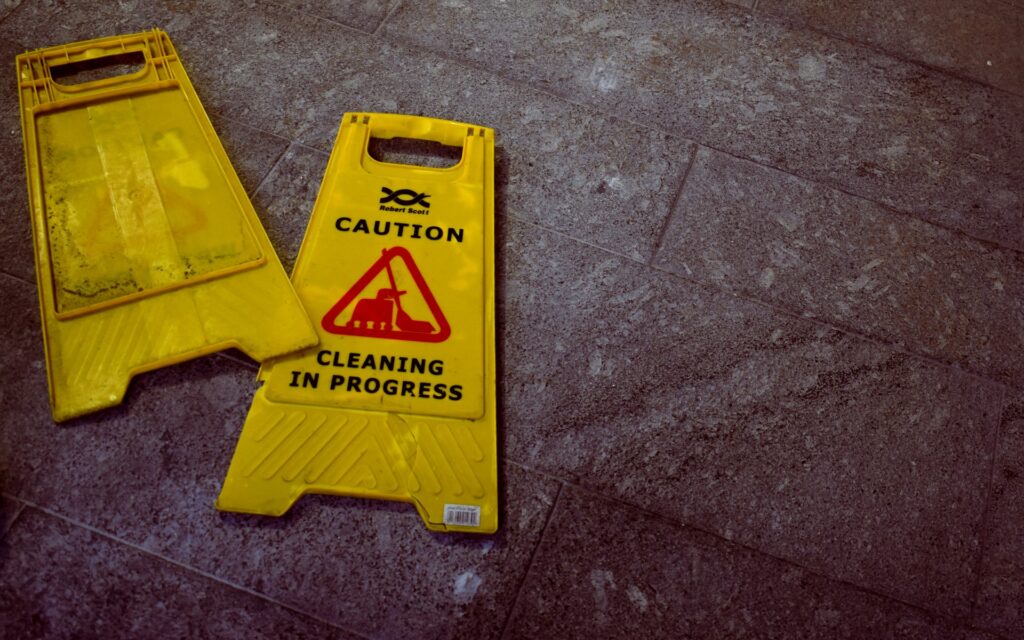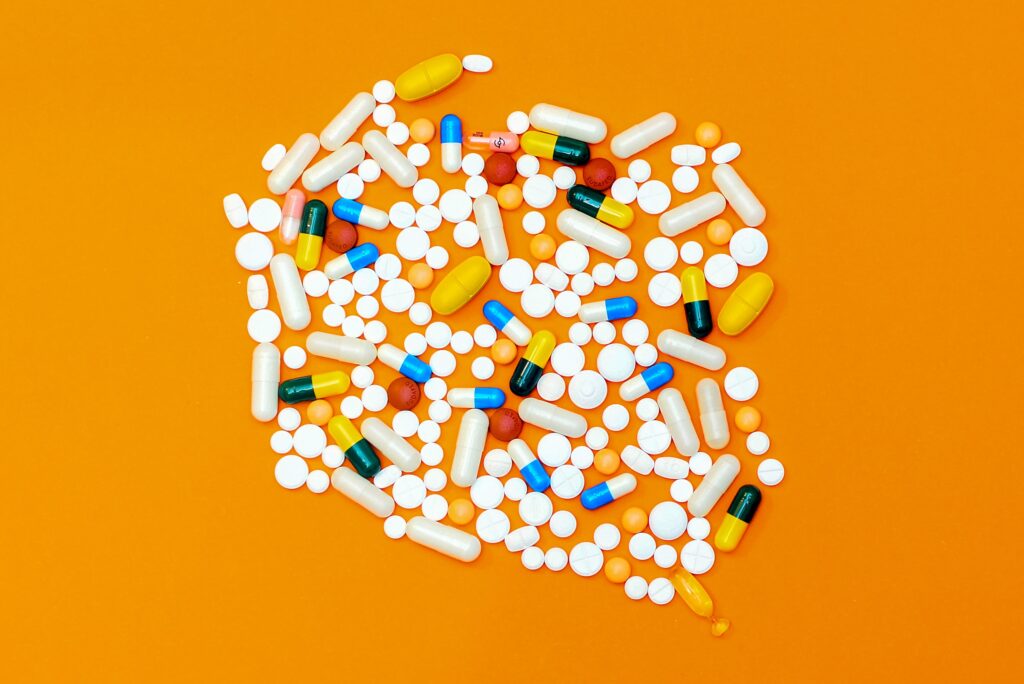A 10% portion of solvent naphtha with a high boiling point (>150˚C) is emulsified with an amount of 3% silicone emulsifier and as balance 86.5% of water phase and a small amount of sodium chloride for stabilization. A stable w/o emulsion results that has no flash point, only a small amount of solvent, but still the cleaning properties of a solvent-based cleaner. As it is a w/o emulsion, residues are water-resistant but detergent soluble.
In addition to the emulsifying properties, the silicone emulsifier works as a silicone polish in the system. Thus cleaning with this kind of water-filled oil bubbles is very easy. Typical applications are tar removers for car care, cleaners for machinery in food and cosmetic industry, and others. It can be used for industrial hand cleaners as well. With some cosmetic additives to enhance the skin feeling, an elegant formula is at hand. Abrasives of different kinds, from silica to polyurethane (PUR) powder can be incorporated easily.
| Cleaning Polish without Abrasive | |
| Ingredient | % |
| Cetyl dimethicone copolyol | 3.0% |
| White spirit | 10.0% |
| Sodium chloride | 0.5% |
| Water | to 100% |
| Cleaning Polish with Abrasive | |
| Ingredient | % |
| Cetyl dimethicone copolyol | 2.0% |
| White spirit | 10.0% |
| Silica (abrasive) | 8.0% |
| Water | to 100% |
Glass Cleaning
The cleaning of glass surfaces has seen some improvements in recent years. Antifogging and glass coat effects have been established. The surfactant used in small quantities was usually a simple nonionic. In a recent study, the synergistic behavior of low foaming surfactants was investigated. Especially surprising was the effect of capryl/capramidopropyl betaine with decaminoxide with regard to the contact angle on glass. It did not give a lower contact angle as could be expected but a rise above that of pure water. Due to the solubilizing properties, the system could remove dirt, but was then especially easy to remove from the glass.
| Glass Spray Cleanser | |
| Ingredient | % |
| Capryl/capramidopropyl betaine, 38% | 0.1% |
| Decaminoxide, 30% | 0.5 % |
| Trisodium NTA, 40% | 0.3% |
| Isopropanol | 30.0% |
| Ammonia, 25% | 0.3% |
| Water | to 100% |
Sugar-Based Surfactants for CIP
Alkyl polyglucosides have been discussed for a long time as surfactants for personal care and dishwashing, as they are mild products at neutral pH, reasonably good foamers, and have, due to their raw material sources, an ecological image. More recently, their high alkaline stability and the good hydrotroping properties have come into focus for use in industrial areas. Ethylhexyl polyglucoside with high polymerization degree of the glucose can be incorporated directly into high active caustic or potassium hydroxide.
This is especially interesting for Cleaning In Place (CIP) products for milk, beverage, and brewing industries. Based on hexylpolyglucoside, high-pressure cleaners can formulated that are essentially nonfoaming but still have a good degreasing property. For plastic cleaners as well, alkylpolyglucosides may provide a good choice.
| CIP-Cleanser | |
| Ingredient | % |
| Ethylhexylpolyglucoside, 50% | 10.0% |
| Gluconic acid, 50% | 10.0% |
| Sodium hydroxide, 50% | 80.0% |
| Plastic Cleanser | |
| Ingredient | % |
| Ethylhexylpolyglucoside, 50% | 0.2% |
| Decaminoxide, 30% | 0.3% |
| Monoethanol amine | 5.0% |
| Phosphonate (DTPMP), 32% | 2.0% |
| Gluconic acid, 50% | 3.0% |
| Water | to 100% |
Cleaning with Natural Raw Materials
The use of natural raw materials like D-limonene or lactic acid or synthetic materials like glycolic acid in cleaning formulations is increasing. They are usually low in toxicity and readily biodegradable. They present many additional benefits.
D-Limonene is an excellent solvent and gives a fresh citrus smell to the formulation.
| Cleaner Concentrate | |
| Ingredient | % |
| D-Limonene | 47.0% |
| Butylenglycol | 3.0% |
| PEG-5-Sorbitanmonooleate | 3.0% |
| Cetylalcohol-5 EO | 2.0% |
| Water | to 100% |
L(+)-Lactic acid has excellent descaling properties with some microbiocidal effects and can be used especially for tile and appliance cleaning in bathrooms, etc.
| Bathroom Cleaner | |
| Ingredient | % |
| L(+)-Lactic acid, 80% | 4.0% |
| Ether carboxylic acid, 30% | 3.0% |
| KOH | to pH = 3 |
| Water | to 100% |
Glycolic acid is an excellent chelating agent and is useful for metal cleaning and polish formulations.
| Copper and Brass Polish | |
| Ingredient | % |
| Glycolic acid, 70% | 10.0% |
| Sodium chloride | 7.0% |
| Silica flour | 40.0% |
| Water | to 100% |
Sources:
- F Müller, J Peggau, Ternary Surfactants in Synergistic Blends, 4th World Conference on Detergents, Montreux 1998, Proceedings of the 4th World Conference on Detergents, A. Cahn ed., Champaign, 1999, pp. 234–237.
- F Müller, J Peggau, Low-Foaming Surfactants in Synergistic Ternary Blends, SÖFW-Journal 125: 1999 5, 2–10.
- J Henning, F Müller, J Peggau, Novel Applications of Silicone Surfactants in Cleaners and Polishes, Jorn Com Esp Deterg 29:1999, 235–246.
- J Henning, F Müller, J Peggau, Novel Applications of Silicone Surfactants in Cleaners and Polishes, SÖFW-Journal 127: 2001 1–2, 38–43.
- Handbook of Detergents, Michael S. Showell, Auto Care and Industrial/Institutional Products, Felix Mueller, Jörg Peggau, and Shoaib Arif.
- W Berkels, B Grüning, F Müller, J Peggau, Alkylpolyglucosid mit hohem Oligomerisierungsgrad, DE 100 10 420.7, 2000.
- G Karlsson, I Johansson, The New Generation of Alkyl Glucoside Based, Liquid Alkaline Cleaning Systems, Household Ingredients, Paris, 1999, Abstract Book pp. 101–111.
- I Johansson, C. Strandberg, B Karlsson, B Gustavsson, Structure-Property Relationship for some Alkyl Polyglucosides, 4th World Surfactant Congress, Barcelona, 1996, Abstract, Vol. 2, pp. 283–298.
- B Ziolkowsky, Jahrbuch für den Praktiker, Augsburg, 1999, pp. 81–105.
- PKE Houtman. L(+)Lactic Acid in Acidic Cleaning Formulations, SÖFW 126:2000, 10, 120-125.



